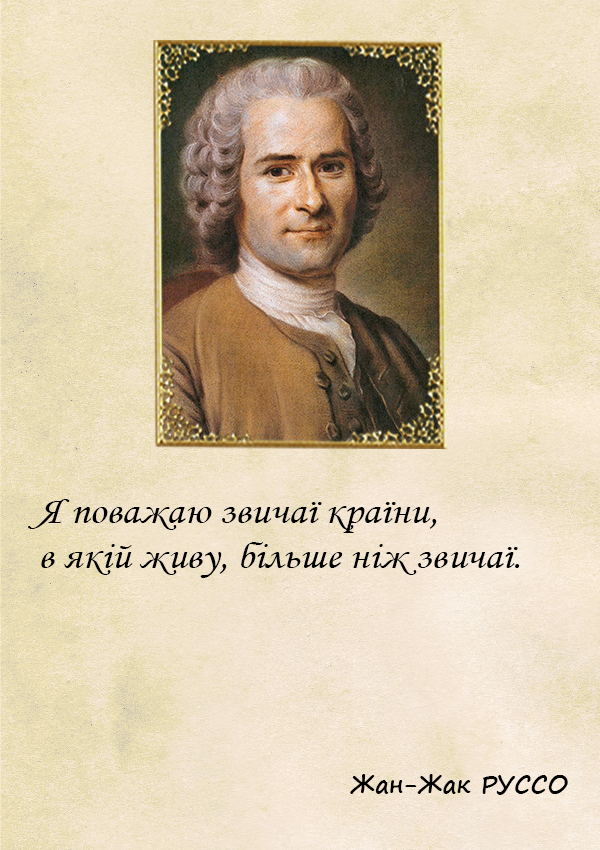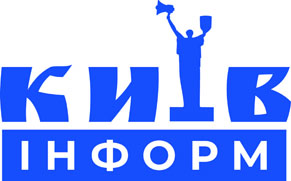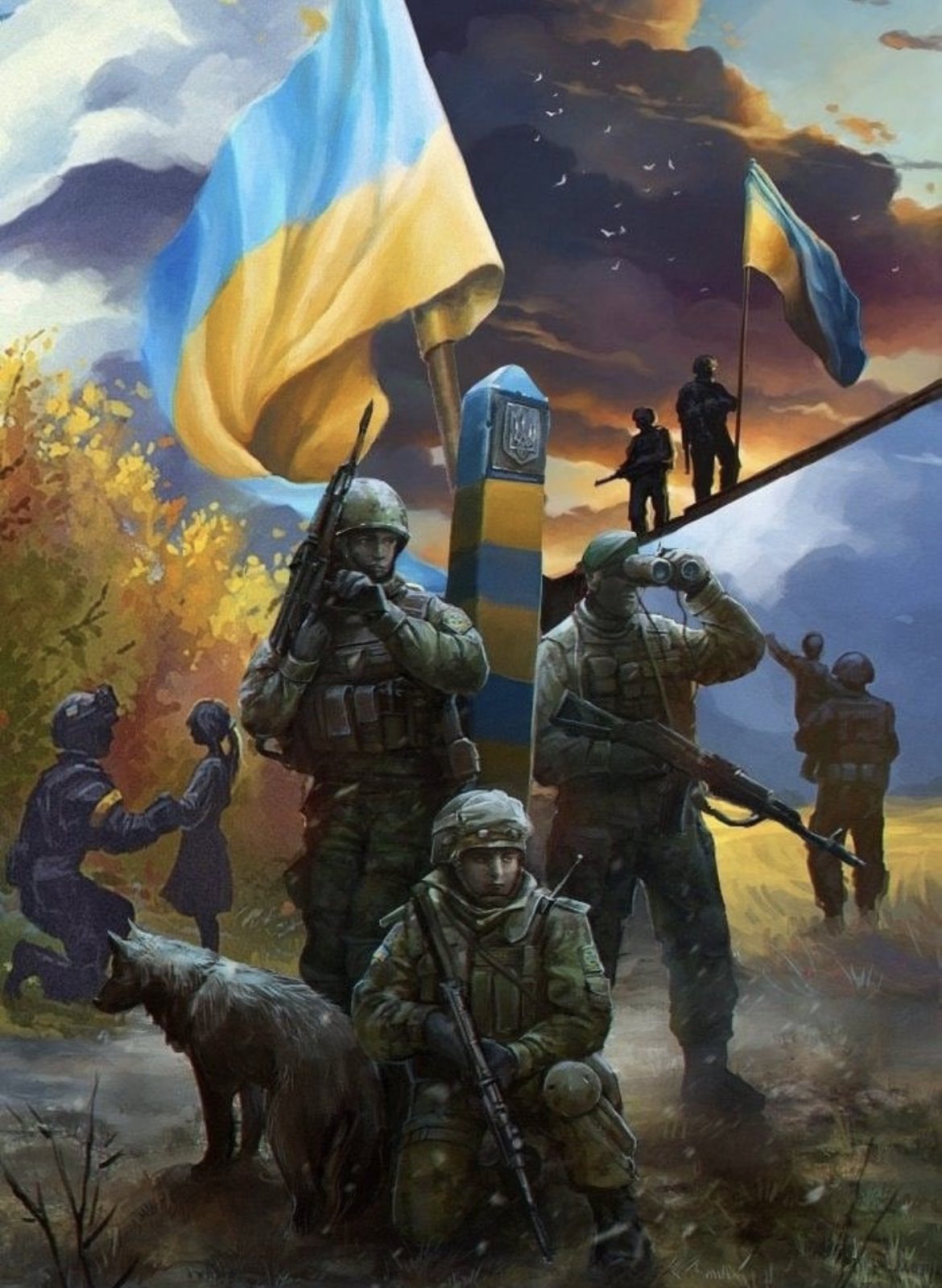
‘The Little Prince’ by Antoine de Saint-Exupéry
All characters of the tale have their own prototypes. The image of the prince is deeply autobiographical – this is Exupery as a child. The rose, whom the ‘Little Prince’ loves and protects, is his beautiful but capricious wife, Consuelo. And Liz is Silvia Reinhardt, a good friend of Exupery, who helped him in difficult times.
‘The Mysterious Island’ by Jules Verne
It is known that Jules Verne usually wrote his novels based on his own scientific knowledge. But in this book he deliberately left out one detail: in the description of the method of making nitroglycerin to undermine the granite rock, there was not enough catalyst (platinum), without which this whole idea would never have worked.
‘The Hobbit’ by J. R. R. Tolkien
Tolkien wanted to write only a small fairy tale to read to his own sons, but he got so carried away that he ended up with a full-fledged book with maps and illustrations. At first, there was only one handwritten copy of the book, which the professor sometimes gave to his friends and students to read. Thanks to one of his students, the book was published, and later it was continued too.
Another amusing fact is that the reviewer for this book was a ten-year-old boy, the son of the director of the publishing house in which it was first published.
‘Alice’s Adventures in Wonderland’ by Lewis Carroll
The characters ‘the Mad Hatter’ and ‘the March Hare’ come from two English sayings: “crazy like a hatter” and “crazy like a March hare”. The saying about the hatter is connected with the fact that in the old days, in the manufacture of felt for hats, mercury was used, chronic poisoning of which could cause mental disorders. And the madness of March hares is explained by the mating season, which begins in the spring.
‘Harry Potter and the Prisoner of Azkaban’ by J. K. Rowling
When the book was released in the UK, the publisher, to avoid absenteeism, asked bookstore owners not to sell the book until schools were closed for one day.
‘Lolita’ by Vladimir Nabokov
It is believed that Nabokov’s novel was inspired by the sensational story of Charlie Chaplin, who fell in love with his second wife, Lita Gray, when she was 12 years old.
‘The Count of Monte Cristo’ by Alexandre Dumas
The plot of the book was drawn from the archives of the Parisian police. The shoemaker Francois Picot was arrested on a denunciation and thrown into the fortress, where he spent about 7 years. In the prison, Pico dug an underground passage to an adjacent cell where a wealthy Italian priest was kept. They became friends, and before his death, the priest told Francois the secret about the hidden treasure in Milan. After leaving prison, Pico took possession of the treasures bequeathed to him and under a different name appeared in Paris, where he devoted 10 years to retribution for meanness and betrayal.
‘The Shawshank Redemption’ by Stephen King
Stephen King sold the film rights to his book for just $ 1. He gave such an opportunity to young directors or students, while retaining all rights to the works and prohibiting them from extracting commercial benefits from the resulting films.
‘Fahrenheit 451’ by Ray Bradbury
‘Ballantine Books’ released an additional special edition shortly after the dystopia was published. 200 copies of the novel were wrapped in an asbestos-based material with exceptional fire resistance.
‘Fight Club’ by Chuck Palahniuk
Once Chuck Palahniuk was resting in nature and had a falling out with guys from the nearest camp, after which he was severely beaten. Returning to work with a bruised face, Palahniuk saw that none of his colleagues were asking what had happened. Then he got the idea for the novel ‘Fight Club’. In the course of writing the book, the author repeatedly got involved in street fights, testing the experience of his heroes on his own skin.


























































Залишити відповідь